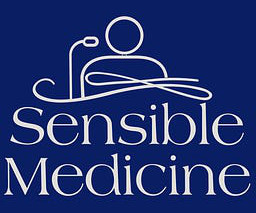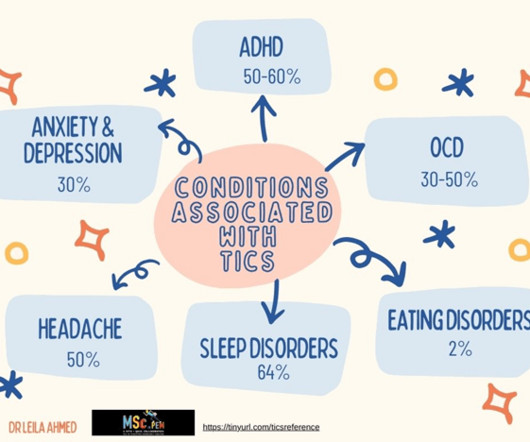Publication Bias and Therapeutic Fashion
Sensible Medicine
OCTOBER 21, 2024
The story begins in Nottingham UK in 1980. It was a small study at one hospital. But its lessons are large. First the background. I believe the CAST trial (1991) was the most important trial in all of modern medicine. It showed that the common practice of using drugs to suppress rhythm disturbances (anti-arrhythmics) in patients after heart attack (myocardial infarction) led to higher death rates.

















Let's personalize your content